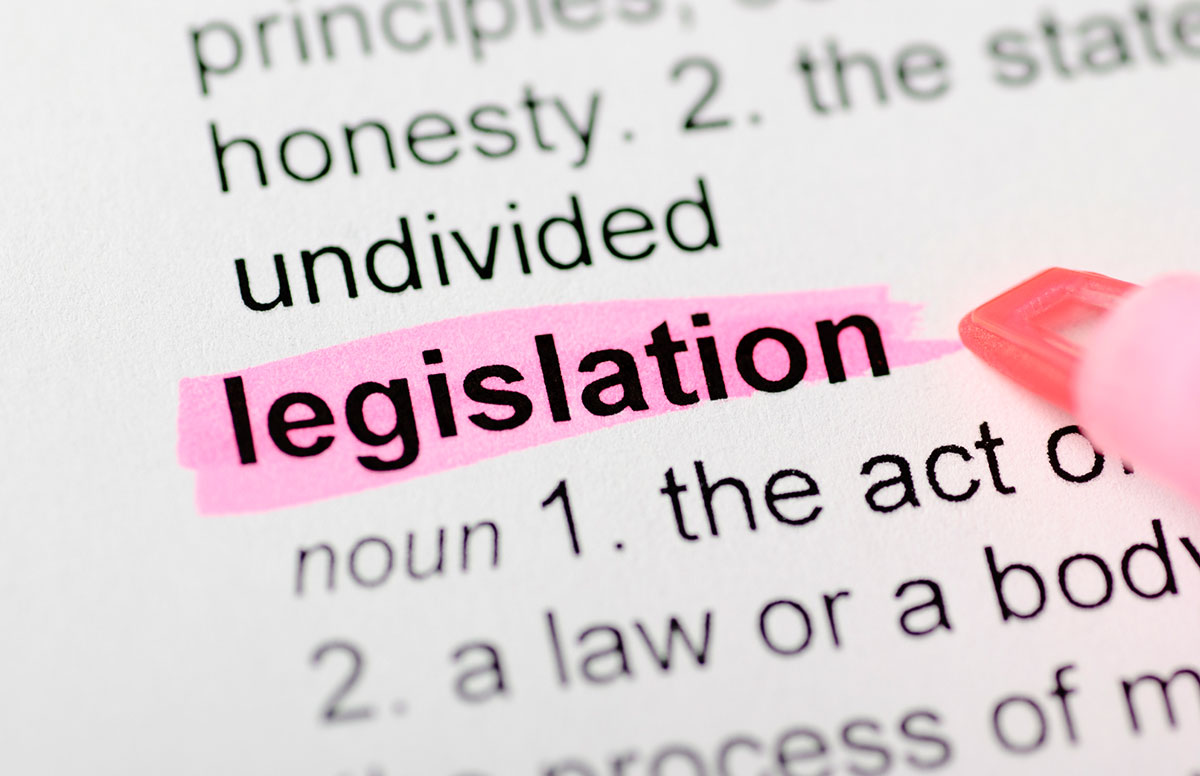Advancing Policy and Practice in Medicaid HCBS Quality
Though CMS has issued federal regulations and guidance, states still largely determine how they approach quality within their HCBS programs. The resulting variability complicates the creation of a coordinated federal approach to HCBS quality. In their journal article published this month in Frontiers in Rehabilitation Science, authors Joseph Caldwell and David Machledt review recent developments and future directions in the Medicaid Home and Community Based Services (HCBS) quality policy and practice within the US.
Background
In 2015, ACL and CMS sponsored the National Quality Forum (NQF) to convene a multi-stakeholder workgroup to develop a HCBS quality framework, identify gaps, and make recommendations for new measure development. NQF developed an operational definition of HCBS and a quality framework consisting of 11 domains and forty subdomains, with the University of Minnesota then conducting follow-up focus groups with 320 participants to assess the framework. The Rehabilitation Research and Training Center on HCBS Outcome Measures (RTCOM) at the University of Minnesota then developed a database of over 130 instruments that have been used to measure HCBS outcomes (https://rtcom.umn.edu/database). The RTCOM is also developing new person-reported measures in areas including employment, meaningful activity, transportation, social connectedness, and choice and control.
While substantial progress has occurred over the past decade in HCBS quality measurement, there is still a long way to go. While maintaining the federal-state partnership that promotes innovation, the authors call for a stronger federal role in reporting, oversight, transparency, and investment in meaningful use of measures to enhance quality and address equity with the following recommendations:
Establish Regular Stakeholder Input Mechanisms for HCBS Quality at the Federal and State Levels
At the federal level, the Secretary of Health and Human Services should establish a multi-stakeholder HCBS Quality Committee that centers representation on the diverse array of people receiving, or in need of Medicaid HCBS and representatives of aging and disability advocacy organizations. States should also be required to establish their own HCBS Quality Committees based on a similar structure as the federal committee.
Establish a Core Set of HCBS Quality Measures and Require Transparent Public Reporting
Required core measures should set a federal minimum for quality oversight of HCBS to facilitate the creation of national benchmarks and apples-to-apples comparisons across states. States should be required to publicly post annual reports on all the core measures. At the same time, CMS should continue to support state innovation to develop and use additional HCBS measures that fill gaps or allow for easier administrative reporting.
Improve Data Collection and Require Stratification to Address Equity in HCBS Quality
The pandemic has reenergized a push to build data systems that can collect, report, and verify data stratified by key demographic factors including by race, ethnicity, disability status, age, sex, sexual orientation, gender identity, race, ethnicity, primary language, rural/urban environment, and service setting. The systems must permit analysis across multiple demographic categories, such as race and disability, so we can track compound disparities and then focus resources on improving them.
Enhance Oversight and Accountability Through a Multi-Faceted Quality System
Quality measurement survey samples may not be big enough, or the time lag from data collection to reporting may be too great to catch incipient problems. For this reason, HCBS quality systems must include other accountability mechanisms such as a HCBS Ombuds office charged with both helping beneficiaries troubleshoot problems using the HCBS program and with rapidly identifying and publicly reporting common problems to direct system improvements. States and plans could also track and report data on grievances and appeals to flag potential problems.
Increase Federal Investment to Improve HCBS Quality Infrastructure
Additional federal funding, such as an enhanced federal match for expenditures related to HCBS quality improvement, could accelerate development of new quality measures to fill gaps, such as workforce and employment metrics. CMS must provide ongoing technical assistance activities to states in meaningful use of measures to improve community living and health outcomes for recipients of HCBS.
Conclusion
In conclusion, the authors note that as Medicaid HCBS continue to expand and evolve, the need for a robust, multi-layered, beneficiary-centered oversight and accountability system has never been greater. Many new tools are becoming available to vastly improve states’ ability to evaluate HCBS quality, but states need resources and impetus from the federal government to make meaningful use of these measures to enhance the quality of HCBS for individuals with disabilities and older adults.

Most Recommended
July 03, 2025
 Budget Reconciliation 2025
Budget Reconciliation 2025
July 08, 2025
Pathways for Foreign-Born Workers
Recently Added
July 07, 2025



